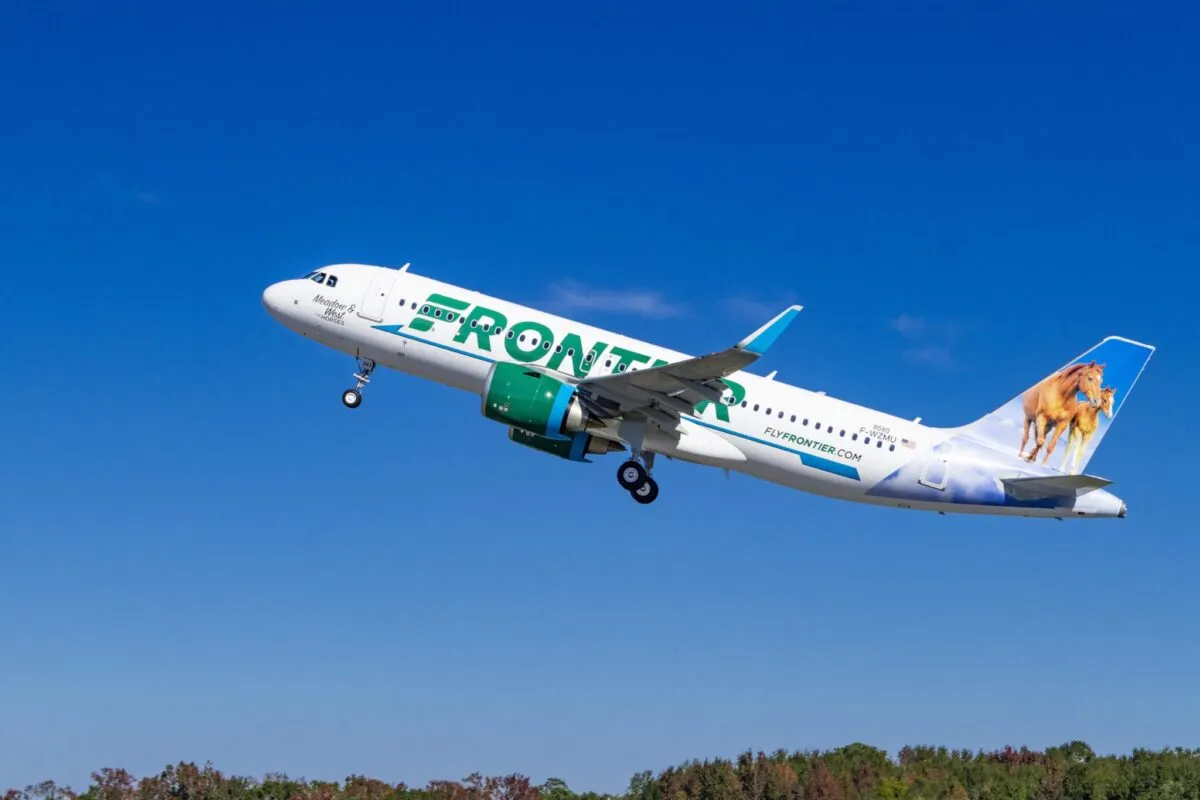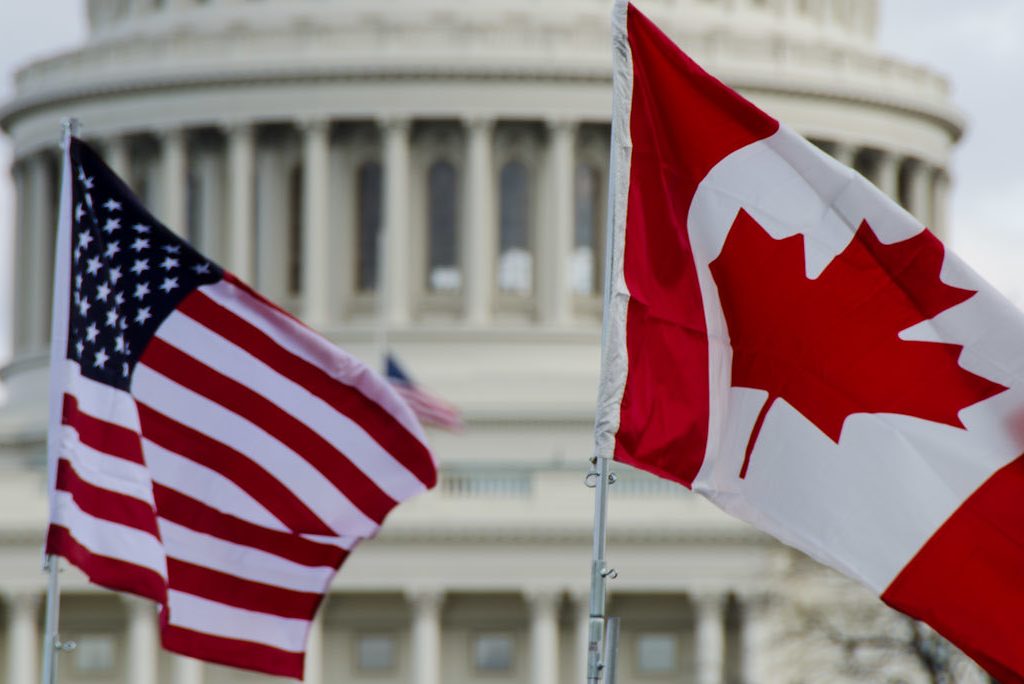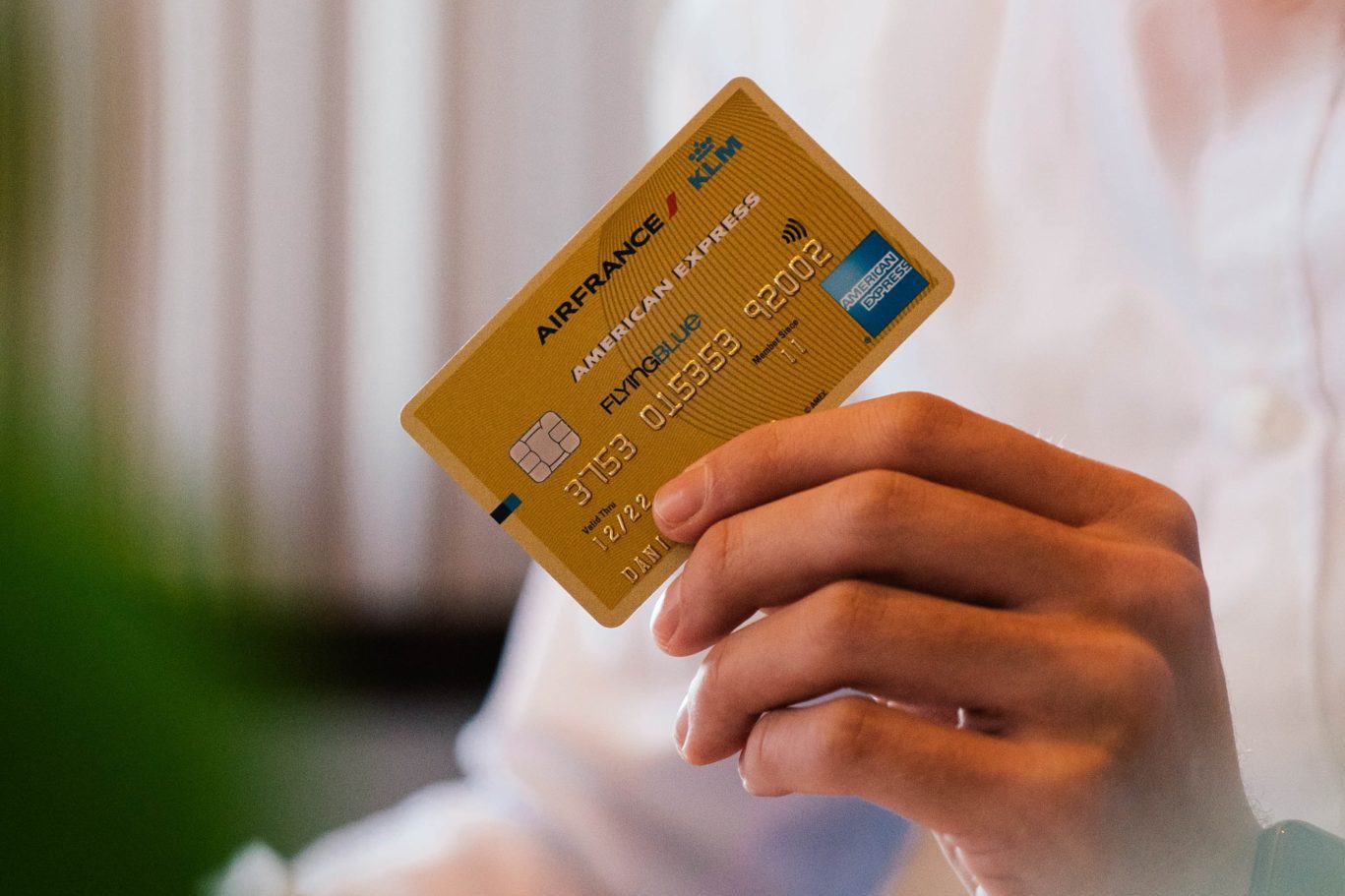The Case for Shutting Down U.S. Airlines Now
Skift Take
In California, children cannot go to school, visit the playground, or play with friends. No one can eat in restaurants, or hike on many of the state's most beautiful trails. Most people are being told to stay home.
Yet airports continue to operate. Their employees have been been deemed essential, exempted from the state’s stay at home order.
This speaks to the power of aviation, and how much governments value it. Airlines fly during wars. They fly just before and after natural disasters. They fly after terrorist attacks. They fly because in an interconnected world, flying means freedom. If America shuts down airlines, citizens may lose the ability to go anywhere within the country, any time.
But these are not ordinary circumstances, even by disaster standards. In a world where people are told to keep six feet apart from others, and at least two states are trying to limit the domestic visitors, there are few reasons to fly.
It is time to temporarily close U.S. passenger airlines. The Wall Street Journal reported Tuesday night that carriers were drafting plans for a possible shut down, but it's not clear when it will happen, or if it will. This should be a priority.
Whether or not the federal government demands it — the Trump Administration appears skittish on a domestic flying ban, perhaps because a president demanding a private industry cease operating is anathema to American ideals — airlines should do the prudent thing and stand down. Many carriers in Asia, Europe and the Middle East essentially have closed, urged, or required, by their governments.
Get the Latest on Coronavirus and the Travel Industry on Skift's Liveblog
Yes, U.S. airlines, many flying with 5 to 50 percent load factors for the past couple of weeks, already have cut capacity, and canceled poorly performing flights, some just before departure. Delta Air Lines last week said it will cut systemwide capacity by 70 percent until demand returns. At least check, Southwest Airlines planned only a 20 percent cut, but given conditions, it may slash more.
Still, that’s not enough. Lufthansa Group has cut 95 percent of its capacity, while International Airlines Group is reducing it by about 75 percent. In Asia, both Cathay Pacific and Singapore Air have cut nearly everything, at government insistence. Each day, more airlines are following.
If U.S. carriers want to keep a several token routes, or switch to flying cargo, that’s OK. Anything beyond that seems irresponsible. I'm not a doctor or a public health expert, but it seems odd many governors and mayors are telling Americans not to leave home, except to get some fresh air, food or prescription drugs, and yet U.S. airlines are still flying.
Despite all the pleas, five U.S. carriers still planned to operate more than 20 flights Tuesday between New York-area airports and Los Angeles, tying together two regions where policymakers have begged people to stay inside.
Is this the right strategy during a public health emergency?
Sadly, a U.S. airlines shutdown may have cascading effects. Most obvious is jobs. Depending on how the U.S. Congress acts, workers may lose their employment, temporarily or permanently. Front-line airline employees appear to be safe, but contractors could see more job losses. And let's not forget people who rely on the airport economic engine, such as Lyft and Uber drivers, or people who work in terminal cafes and stores. Then again, many are already out of work.
As a practical matter, there is one reason carriers may be reluctant to shut everything down: Airlines are complicated businesses, watched carefully by safety regulators, and when conditions improve, a carrier that shut down may not start up again as quickly as travelers might like.
If an airline stops flying, flight attendants, pilots and flight dispatchers may not meet minimum standards when conditions improve. Airplanes, too, must be flown in order to stay in the proper shape, so it could take carriers some time to ready them. (Late last year, when the Max was the biggest problem for airlines, Southwest said it would take 30-40 days between when regulators cleared the jet and when the carrier could fly it.)
Still, as more cities and states and companies take Coronavirus mitigation more seriously, it's hard to understand how U.S. airlines can keep flying.
Airlines will return. Travel is too important to American society, and government will not let the biggest carriers fail. But let’s take a break and try to flatten the curve.




